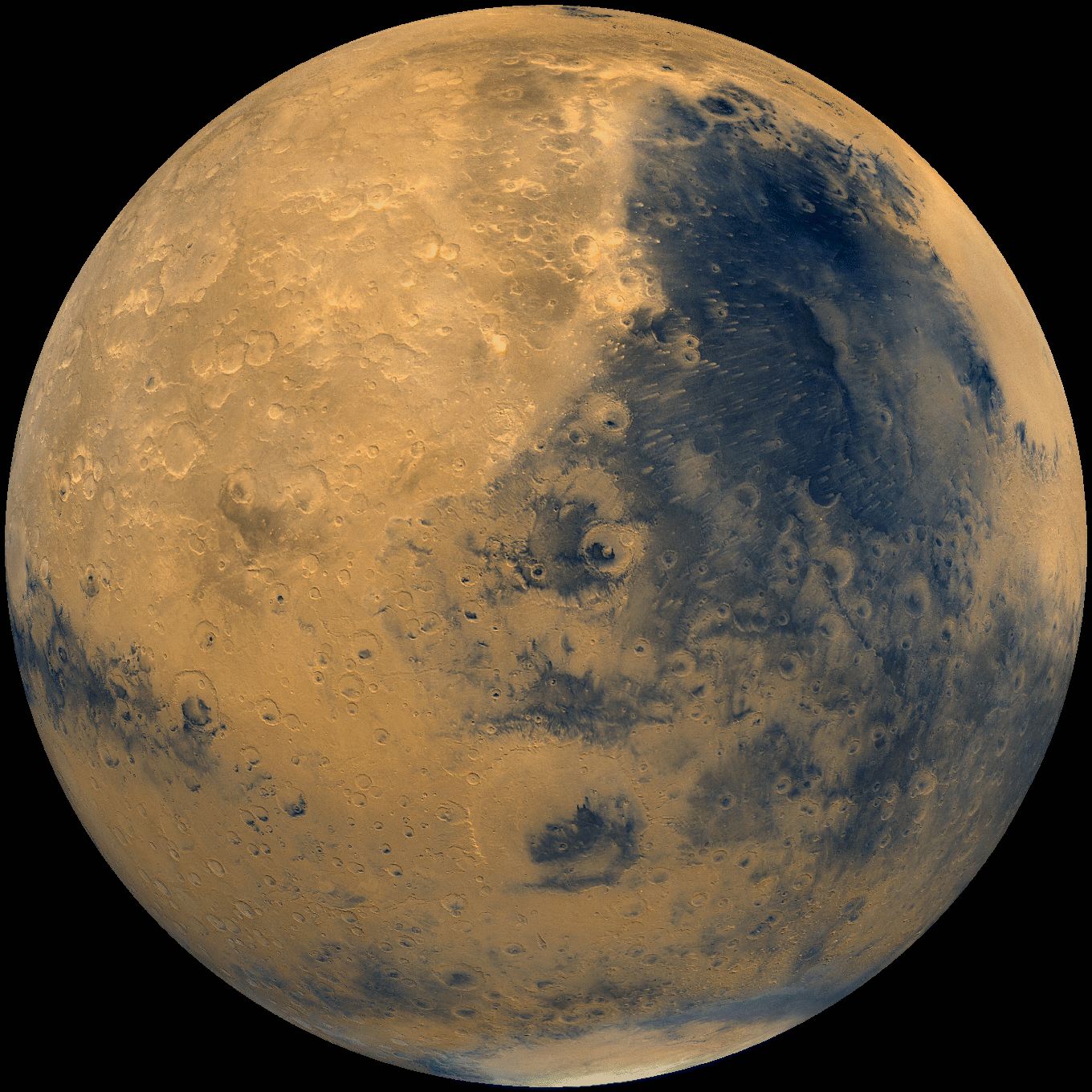For Visits to Asteroid & Mars, NASA Needs New Ways to Do Everything

With NASA at a crossroads as the space shuttles retire, the space agency is facing the steep challenge of developing a slew of new technologies for a new phase in exploration: trips to an asteroid and Mars.
For 30 years, NASA astronauts have worked in low-Earth orbit, flying on the space shuttles and building the International Space Station. Now that the station is complete and the shuttle program is winding down, the United States is focusing on sending astronauts farther out in the solar system than ever before.
NASA's next big goals for human spaceflight, as articulated by President Barack Obama, are visiting an asteroid by the year 2025 and landing on Mars in the 2030s.
"We're not going to get to an asteroid in 2025 without some of the key building blocks that NASA wants to start on today," NASA's chief technologist Bobby Braun told reporters during a June 27 teleconference.
Braun stressed the need to find ways to protect people in the microgravity and radiation environment of space for long periods, as well as to improve propulsion, navigation and communication abilities. [Gallery: Visions of the Future of Human Spaceflight]
"It's those types of technology breakthroughs that we're hoping to get at with the investment in space technology today," Braun said.
Space shuttle shutdown
Breaking space news, the latest updates on rocket launches, skywatching events and more!
The end of the space shuttle program this year (with the last flight due to launch July 8) should free up personnel, money and time for NASA to tackle deep-space projects.
"If you think of NASA having a certain pie, if you will, the space shuttle program for a number of years has taken a fairly significant piece of the pie," Braun said. "That piece of the pie will be available for some of these other systems and capabilities that I've been describing."
Deep space exploration
But traveling to an asteroid, and then perhaps Mars, is likely to require technologies significantly more advanced than what we currently use to send people to space.
Because the next destinations are so much farther than, say, the International Space Station, new methods of spacecraft propulsion would be needed. [Video: Earth Orbit and Beyond for Next-Gen Spaceship]
"In-space propulsion: That jumps near the top of the list as one of the technologies that we can invest in today so that that capability exists in time for its use in sending humans to an asteroid and Mars on the timeline that the president suggested," Braun said.
Other technologies on the spaceflight wish list include a heavy-lift rocket capable of breaking free from low-Earth orbit and traveling into deep space, and a spacecraft that can withstand the journey there and back.
NASA recently announced its plan to develop the "Multi-Purpose Crew Vehicle" (MPCV) to serve as the capsule for these trips, to be lofted by the "Space Launch System" (SLS), a heavy-lift rocket that NASA is also building. Both are expected to be ready by 2016, though that goal might be hard to meet, given that the design for the SLS has not yet been decided.
NASA also must develop better shields to protect humans from longer exposure to harmful radiation outside Earth's protective atmosphere.
Landing systems will have to be designed to touch down given the lower gravity of Mars and the even lower gravity of an asteroid. Once they touch down, astronauts will need technologies that enable to them to make water, construct habitats, even generate rocket fuel from the resources they find.
And better communications systems are a must.
"Let's face it: We're all going to want to see the high-def video," Braun said of a human mission to deep space. "We're going to want to talk to the astronauts significantly more than we do to robotic probes."
Such ambitious missions won't involve just new technologies, but new breakthroughs in science.
"There is science to be done at these places and in advance to arriving at some of these," said NASA chief scientist Waleed Abdalati. "When we talk about going to Mars, the moon and an asteroid, there are clues to the origin of the solar system, important clues that, when we can get to these and retrieve pieces of these and we can analyze them in situ or bring some of these back and analyze here, we can understand how the solar system evolved, how the Earth evolved, our place in the solar system and the universe.
"Science and technology really go hand in hand. The technology enables exploration and science. The science and exploration needs drive the technology we need to develop."
You can follow SPACE.com senior writer Clara Moskowitz on Twitter @ClaraMoskowitz. Visit SPACE.com for complete coverage of NASA's final space shuttle mission, STS-135, or follow us @Spacedotcom and on Facebook.

Clara Moskowitz is a science and space writer who joined the Space.com team in 2008 and served as Assistant Managing Editor from 2011 to 2013. Clara has a bachelor's degree in astronomy and physics from Wesleyan University, and a graduate certificate in science writing from the University of California, Santa Cruz. She covers everything from astronomy to human spaceflight and once aced a NASTAR suborbital spaceflight training program for space missions. Clara is currently Associate Editor of Scientific American. To see her latest project is, follow Clara on Twitter.
